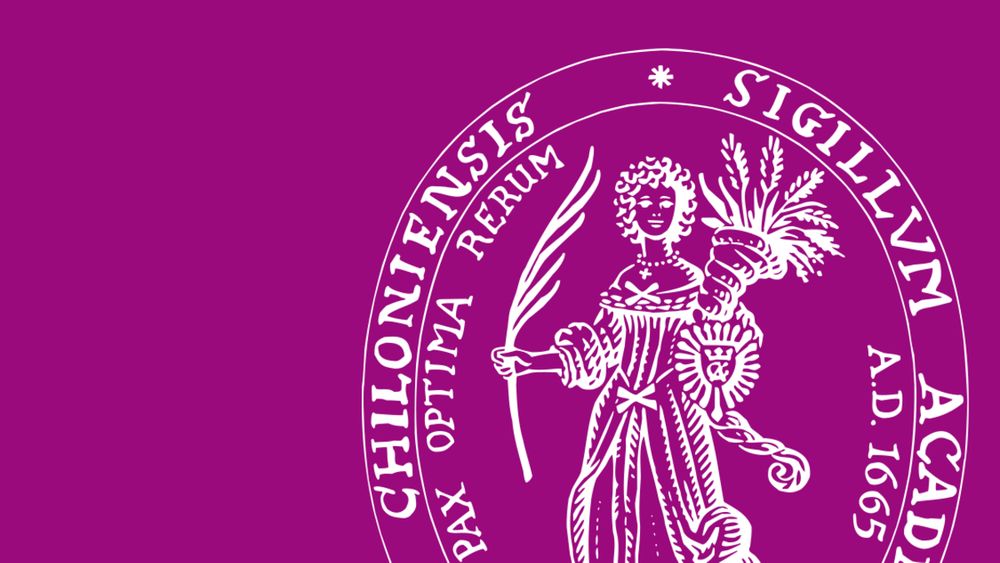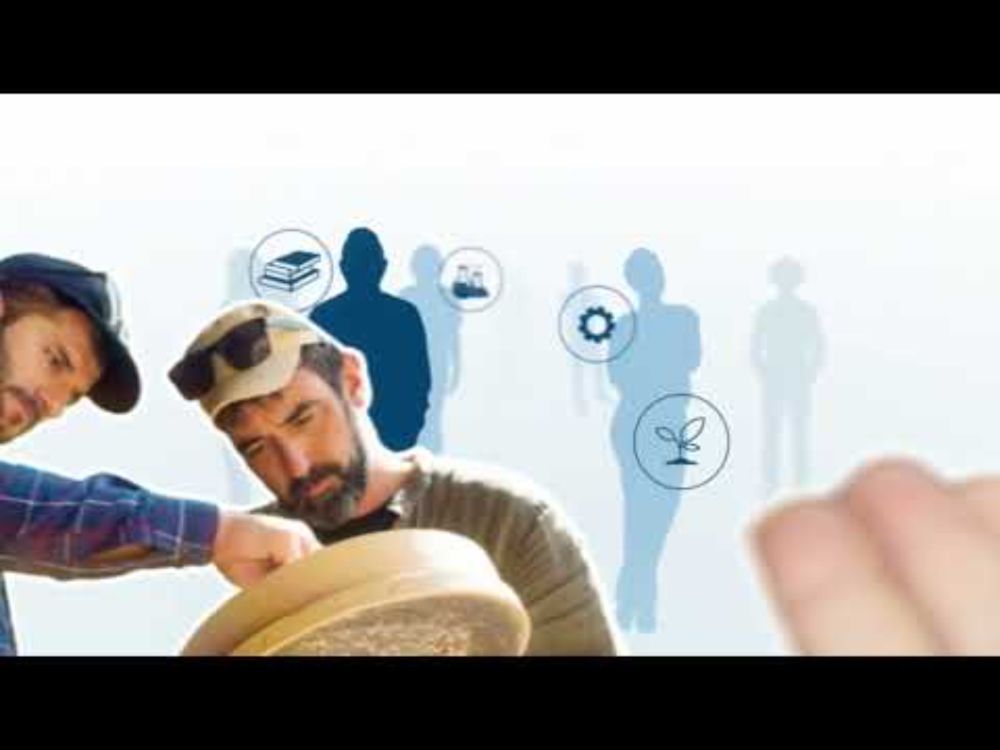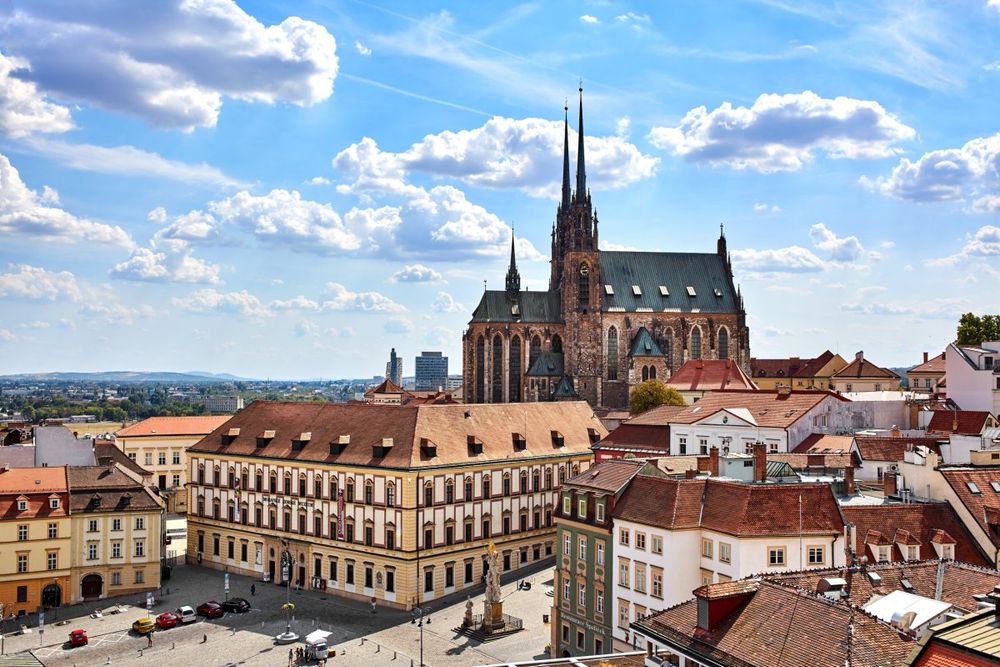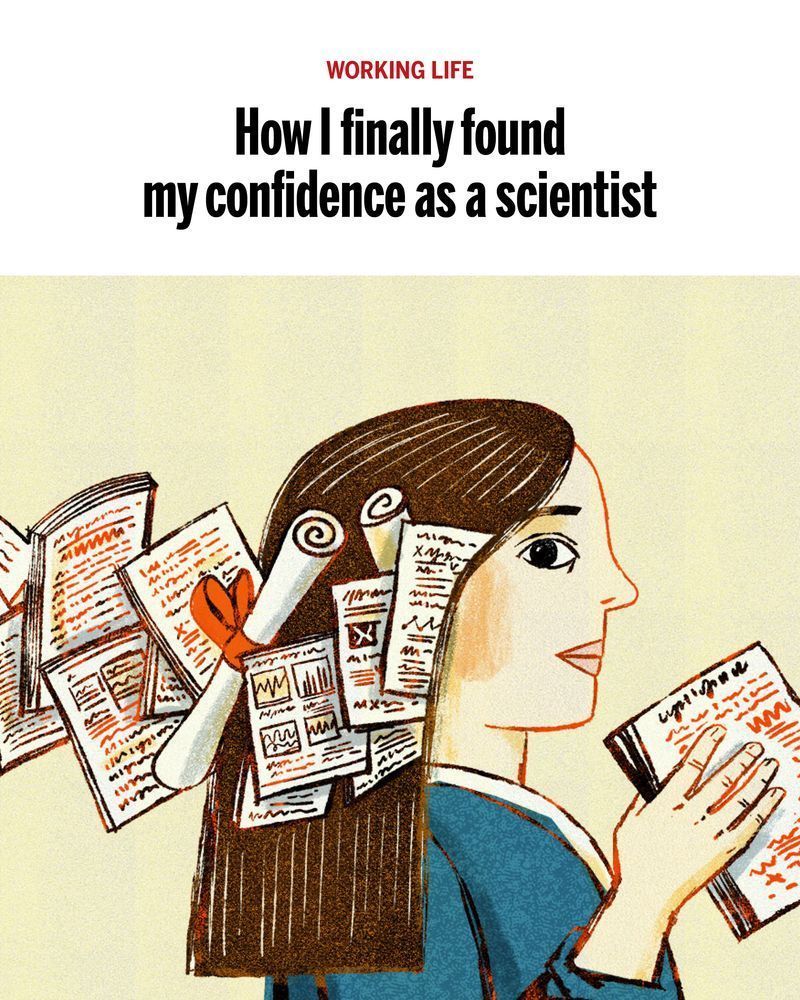
Katharina Fuchs
@ktfx.bsky.social
80 followers
130 following
6 posts
Bones & Zen |
Head of the Human Osteology Laboratory, Institute of Pre- and Protohistoric Archaeology @ Kiel University
Posts
Media
Videos
Starter Packs
Pinned
Reposted by Katharina Fuchs
Reposted by Katharina Fuchs
Deva Woodly
@devawo.bsky.social
· Jun 8

Scientists in Japan develop plastic that dissolves in seawater within hours
Researchers in Japan have developed a plastic that dissolves in seawater within hours, offering up a potential solution for a modern-day scourge polluting oceans and harming wildlife.
www.reuters.com
Reposted by Katharina Fuchs
Reposted by Katharina Fuchs
Reposted by Katharina Fuchs
Universität Kiel (CAU)
@uni-kiel.de
· May 22

Kiel University in the Excellence Strategy: Success for the two Kiel clusters PMI and ROOTS
The German Research Foundation announced which collaborative research projects will receive funding for the next seven years as Clusters of Excellence.
www.uni-kiel.de
Reposted by Katharina Fuchs
Reposted by Katharina Fuchs
Reposted by Katharina Fuchs
Katharina Fuchs
@ktfx.bsky.social
· May 13
Long-distance kinship in megalithic Europe
Across Neolithic Europe, megalithic monuments – including stone circles and gallery graves – were constructed by early farming communities, representing a supra-regional cultural phenomenon1. The coll...
www.researchsquare.com
Reposted by Katharina Fuchs
Reposted by Katharina Fuchs
Amanda G. Henry
@phytolith.bsky.social
· May 10
Reposted by Katharina Fuchs
Der Volksverpetzer
@volksverpetzer.de
· May 2
Reposted by Katharina Fuchs
Reposted by Katharina Fuchs
Reposted by Katharina Fuchs
Katharina Fuchs
@ktfx.bsky.social
· May 2
Between 1637 and 1697, people who died at Milan's biggest hospital were dropped into underground vaults. Now their remains (including nearly 3 million bones & preserved brains) are helping archaeologists reconstruct the lives, diet and drug habits of people historians often overlook. @science.org

Thousands buried in 17th century Italian crypt reveal lives of working poor
Remains recovered from beneath a Milan hospital shed light on health, diet, and drug habits during the 1600s
www.science.org
Reposted by Katharina Fuchs




















